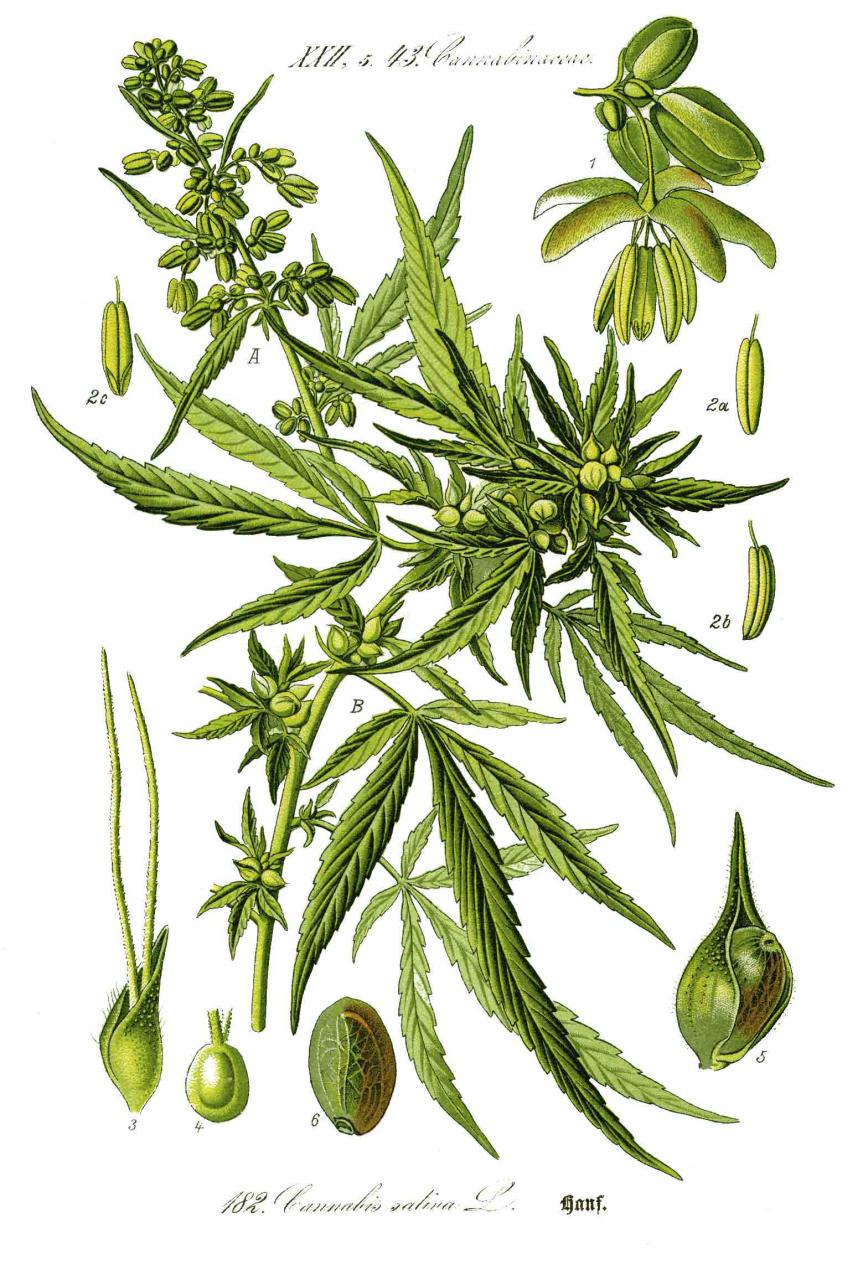“Cannabis is a complex substance that harbors terpenoid-like compounds referred to as phytocannabinoids.
The major psychoactive phytocannabinoid found in cannabis ∆9-tetrahydrocannabinol (THC) produces the majority of its pharmacological effects through two cannabinoid receptors, termed CB1and CB2. The discovery of these receptors as linked functionally to distinct biological effects of THC, and the subsequent development of syntheticcannabinoids, precipitated discovery of the endogenous cannabinoid (or endocannabinoid) system.
This system consists of the endogenous lipid ligands N- arachidonoylethanolamine (anandamide; AEA) and 2-arachidonylglycerol (2-AG), their biosynthetic and degradative enzymes, and the CB1and CB2 receptors that they activate. Endocannabinoids have been identified in immune cells such as monocytes, macrophages, basophils, lymphocytes, and dendritic cells and are believed to be enzymatically produced and released “on demand” in a similar fashion as the eicosanoids.
It is now recognized that other phytocannabinoids such as cannabidiol (CBD) and cannabinol (CBN) can alter the functional activities of the immune system.
This special edition of the Journal of Neuroimmune Pharmacology (JNIP) presents a collection of cutting edge original research and review articles on the medical implications of phytocannabinoids and the endocannabinoid system.
The goal of this special edition is to provide an unbiased assessment of the state of research related to this topic from leading researchers in the field.
The potential untoward effects as well as beneficial uses of marijuana, its phytocannabinoid composition, and synthesized cannabinoid analogs are discussed.
In addition, the role of the endocannabinoid system and approaches to its manipulation to treat select human disease processes are addressed.”
http://www.ncbi.nlm.nih.gov/pubmed/26054900
“A variety of cannabinoids was examined in these studies, including the FDA-approved synthetic cannabinoid receptor agonist nabilone, an oral mucosal cannabis spray, the FAAH inhibitor PF-04457845, oral or inhaled cannabis extract, and smoked cannabis. The majority of these studies revealed modest analgesic effects of these formulations without serious side effects, lending credence to the idea that cannabinoid-based medications ultimately may be a reasonable treatment option for chronic non-cancer pain.” http://www.ncbi.nlm.nih.gov/pmc/articles/PMC4469415/


